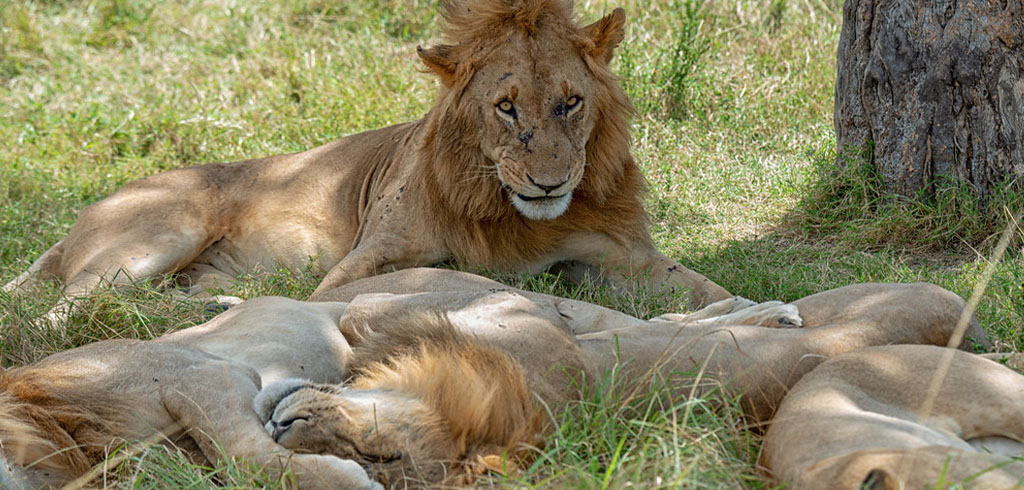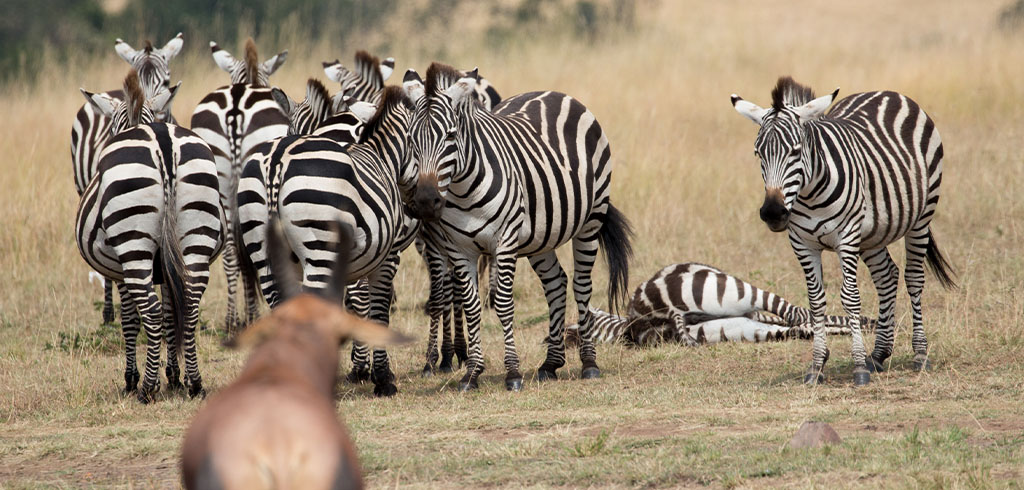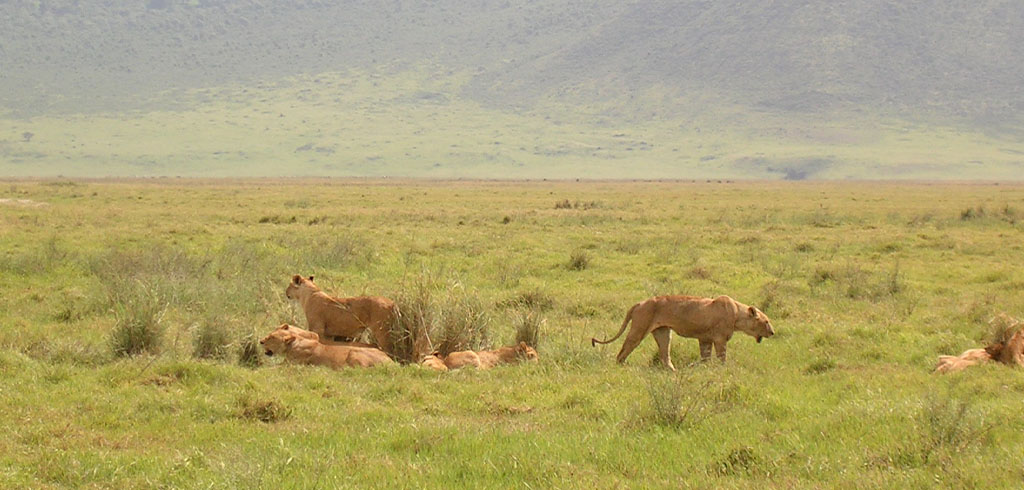Exploring the Wonders of The Great Migration: 10 Fascinating Insights
The Great Migration of wildebeest in East Africa stands as one of nature’s most spectacular events, captivating millions with its sheer scale and drama. In this article, we embark on a journey to unravel the mysteries behind this mesmerizing phenomenon. From the awe-inspiring numbers to the intricate dynamics of wildlife survival, let’s delve into ten amazing things about the Great Migration that truly make it a natural wonder of the world:
1. Largest Migration on Earth.
The Great Migration stands as the largest migration on the planet, boasting an astonishing congregation of over 2 million mammals. Witnessing this breathtaking spectacle firsthand is an experience like no other, as the landscape teems with life in every direction.
2. Rich Cultural Heritage.
For centuries, the indigenous Maasai people have lived in harmony with the migrating wildebeests. Much like their own cattle, these majestic creatures are revered as symbols of wealth and vitality within Maasai culture, embodying the essence of their ancestral lands.

3. The Myth of Migration.
Contrary to conventional understanding, the Great Migration doesn’t adhere to a fixed migration pattern. Instead, it’s an ongoing quest for sustenance, devoid of a clear start or endpoint. The wildebeests’ relentless pursuit of food and water leads to perpetual movement across the East African landscape.
4. Unpredictable Pathways and Scent Trails.
Despite attempts to predict their path, the migration route remains largely unpredictable. While general patterns exist, the exact trajectory varies from year to year. Wildebeests, equipped with scent glands in their hooves, leave behind trails for others to follow, aiding in navigation.
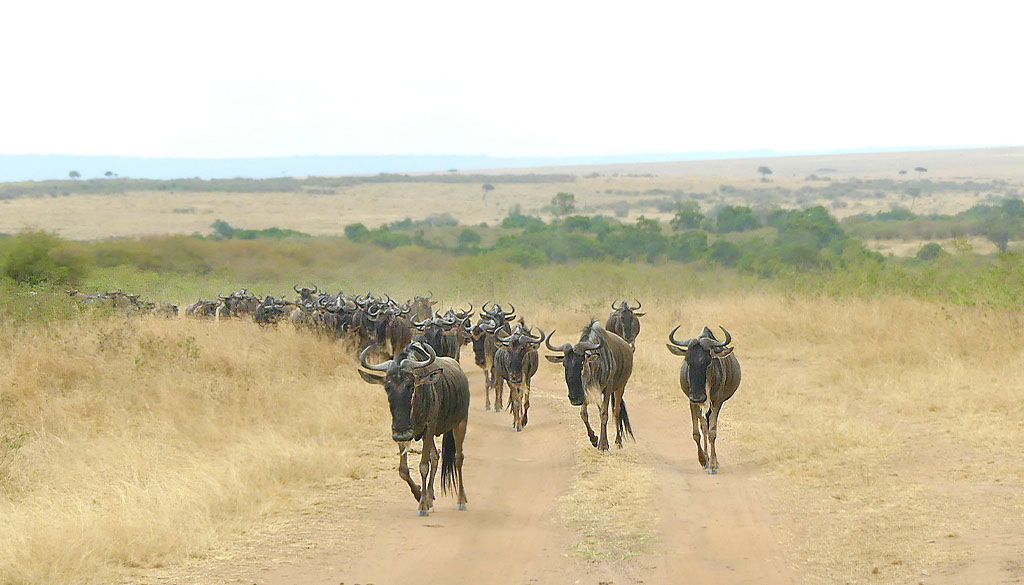
5. The Echoes of “Gnu, Gnu”.
Wildebeests, commonly known as gnus, owe their moniker to the distinct grunting sounds they emit. These constant vocalizations create a symphony of “gnu, gnu” as they traverse the savannah, serving as a testament to their collective journey.
6. The Miracle of Birth in the Serengeti.
Within the Southern Serengeti, a miraculous event unfolds during the calving season, welcoming an estimated 400,000 newborn wildebeests into the world. This natural spectacle symbolizes the cycle of life amidst the sprawling expanse of the African wilderness.
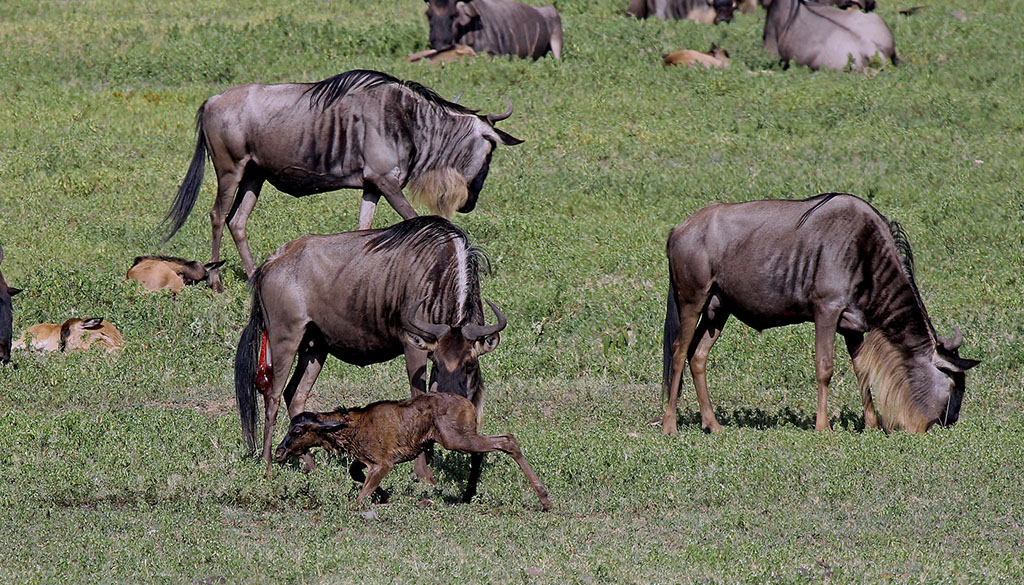
7. The Grim Reality of Survival.
Amidst the grandeur of The Great Migration lies a harsh reality: survival is a constant struggle. Each year, approximately 250,000 wildebeests succumb to the perils of starvation, thirst, exhaustion, and predation, underscoring the precarious balance of nature.
8. Born to Run.
From the moment of birth, wildebeest calves are endowed with remarkable agility, able to run alongside their mothers within minutes. With a top speed of 40 miles per hour, these resilient creatures embody the spirit of endurance and resilience.
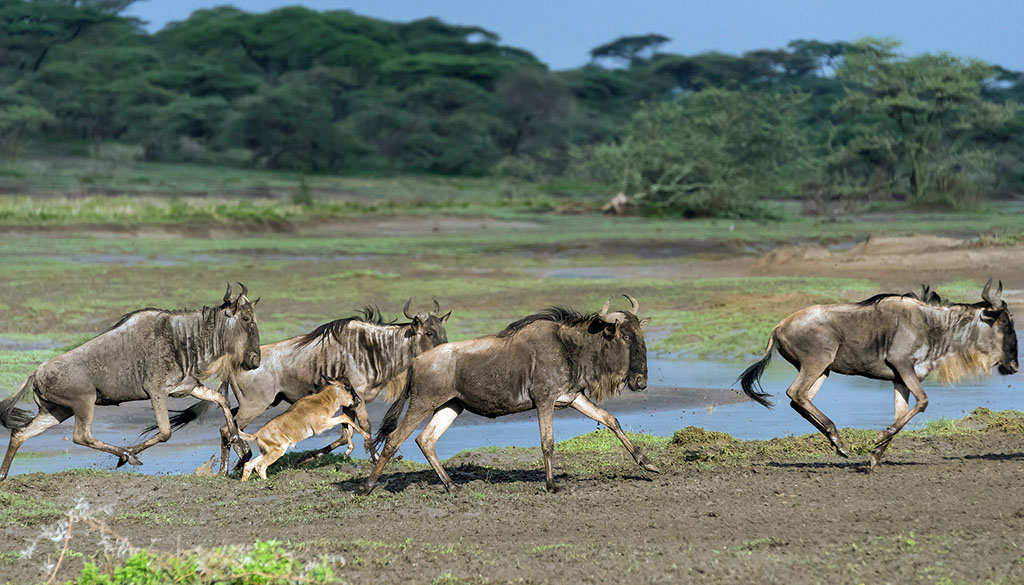
9. Strength in Numbers: Grazing Harmony.
Wildebeests and zebras form a symbiotic alliance during migration, finding safety in collective movement. Grazing harmoniously, each species favors different parts of the same grassland, maximizing resource utilization while minimizing vulnerability to predators.
10. The Circle of Life: Predation and Prey.
In the unforgiving realm of the savannah, wildebeests occupy a pivotal role as both prey and sustenance for a diverse array of predators. From lions and hyenas to crocodiles and cheetahs, these majestic herbivores embody the delicate equilibrium of the food chain.
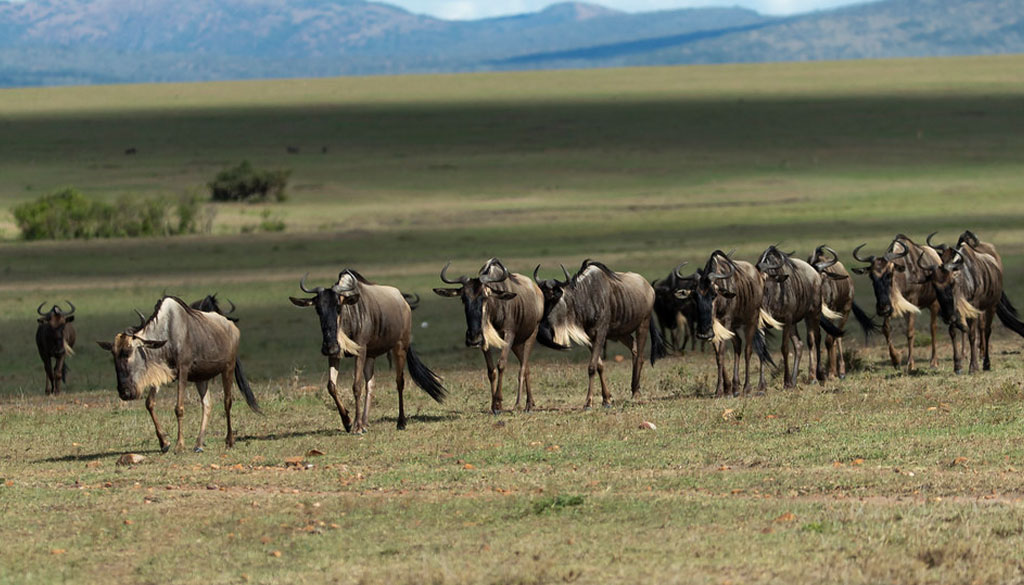
Frequently Asked Questions.
1. How long does the Great Migration last?
The Great Migration typically spans several months, starting in the Serengeti around January and concluding in the Masai Mara by October.
2. What is the significance of the Great Migration?
Besides ecological importance, the Great Migration plays a vital role in tourism, drawing visitors from around the globe to witness this natural spectacle.
3. Are there risks involved in witnessing the Great Migration?
While safaris offer thrilling opportunities to observe the migration, it’s essential to follow safety guidelines and respect wildlife to minimize risks.
4. Can I witness the Great Migration year-round?
While the migration follows a seasonal pattern, wildlife enthusiasts can plan their visits to coincide with specific stages, such as calving season or river crossings.
5. How do wildebeests adapt to migration?
Wildebeests have evolved various adaptations, including migratory instincts, physical endurance, and social behaviors, to thrive in the challenging environments encountered during migration.
Conclusion.
The Great Migration stands as a testament to the resilience and splendor of nature, captivating hearts and minds across the globe. As we marvel at the sheer magnificence of this annual spectacle, let us also reaffirm our commitment to conserving these precious ecosystems for generations to come.
Planning Your Great Migration Safari.
For a private, tailor-made safari that will exceed your expectations get in touch with us at: info@tembeaafrica.co.ke or better yet fill out our booking form and let us help you witness the wonders of the Great Migration up close and create memories to last a lifetime.
Start Planning your safari?
Whatever you want your tour or safari itinerary to include, we’ll design it specifically for you..



